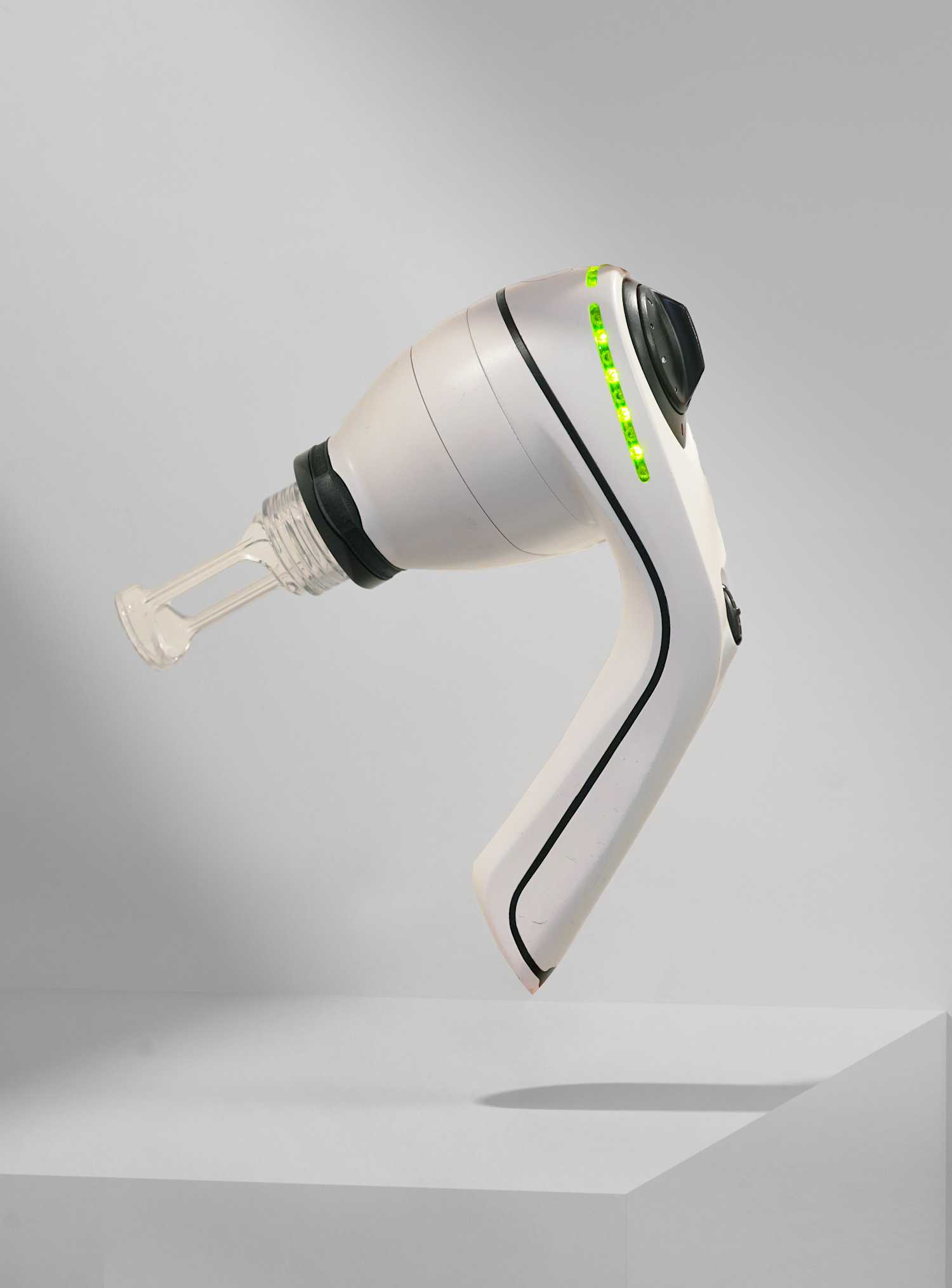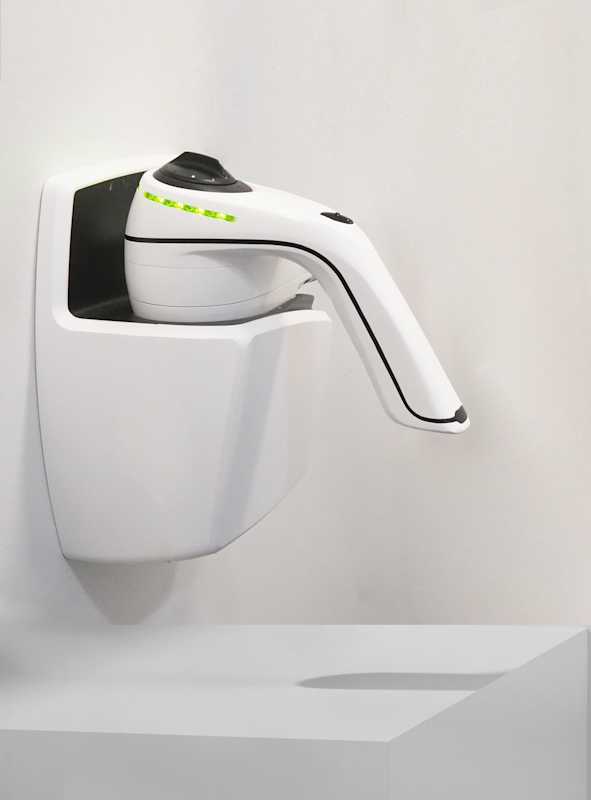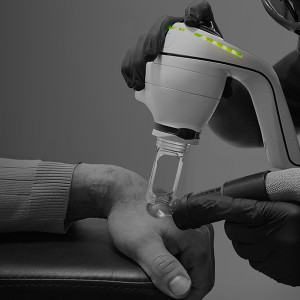AUGUST 25, 2023
What is the difference between picosecond and nanosecond lasers for tattoo removal?


The system of SI units was brought in by scientists in the 1960s looking for ever more precise ways to measure natural phenomena.
As laser technology and methods for measuring the ultra-precise have continued to develop, new prefixes have been added to the list of units (femto, atto, zepto, yocto).
In this blog we’ll keep things simple and explain the difference between the two measurements that directly relate to laser tattoo removal, picoseconds and nanoseconds.
Broadly speaking, this is the line across which the two categories of tattoo removal lasers divide.
What is a picosecond laser?
The LightSense® laser system has an extremely short pulse width that is measured in picoseconds. It is therefore a type of pico laser.
In picosecond laser tattoo removal, the duration of the laser’s pulse is measured in picoseconds - that is, in one-trillionth-of-a-second increments.
Pico refers specifically to the duration of the laser’s pulse. Or how long the pulse of light touches the skin.
By comparison, a nanosecond laser works on a different pulse width.

The LightSense® laser system is a type of pico laser

Split Seconds
What is a nanosecond laser?
A nanosecond is one billionth of a second and compares to a picosecond as the chart shows. It has a pulse width measured in nanoseconds, and so touches the skin for longer than a picosecond laser.
The crucial difference between the two laser types is how long the pulse of light touches the skin.
The LightSense® laser system works on the principle that the shorter the pulse width, the less pain you’ll experience during tattoo removal. Think of it like ripping off a plaster, if you do it quickly you should feel less pain. So how do scientific studies back up this claim?
What the science shows
A 2021 article published in the Journal of the European Academy of Dermatology and Venereology examined nanosecond and picosecond lasers for tattoo removal (abbreviated to PSL and NSL in the following quotation).
Wolfgang Bäumler et al. found that: “Subjects felt significantly less pain with PSL than with NSL [...] Transient adverse reactions were statistically less pronounced, lasting shorter for PSL as for NSL, especially blistering, pruritus, and burning sensation.”
Quoted from, “The efficacy and the adverse reactions of laser-assisted tattoo removal – a prospective split study using nanosecond and picosecond lasers.”
Put simply, the difference between picosecond and nanosecond lasers for tattoo removal is all about pulse widths.
And while there are many reasons to visit NAAMA Studios - for curated and vivifying NAAMA Plus treatments, or to remove an unwanted tattoo in the expert hands of tattoo lovers - our exclusive access to the LightSense® laser system with its ultra-short pulse width is what makes the studio unique.
Nowhere else has access to this tech. We are proud to be totally idiosyncratic.
If you’d like to find out more about the difference between the LightSense® laser system and other methods of tattoo removal, why not speak to one of our team of experts?
Talk to one of our experts to start your removal journey








